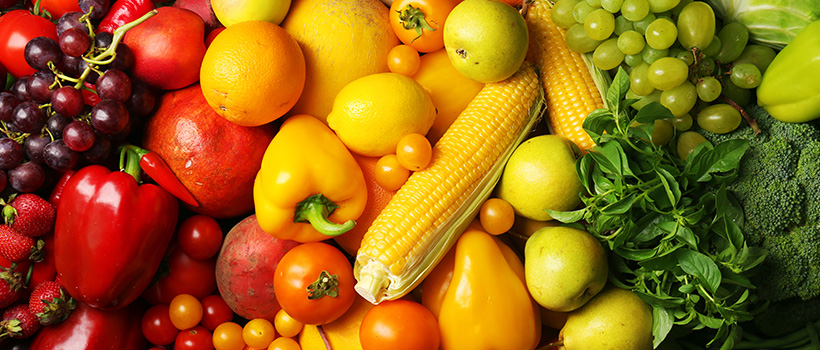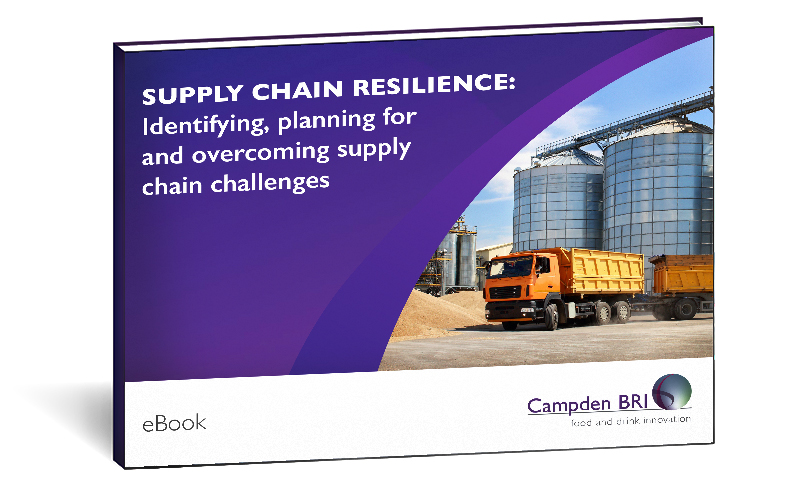
Traceability
29 May 2012 | Chris Knight
When problems arise with a particular product, it is important to know which batches are affected, so that suitable steps can be taken to remove the product from the market, while not unnecessarily removing unaffected products. The basis for this is a robust traceability system.
Traceability is a widely used term and is one of those broad concepts, like quality, for which there are many definitions and applications. Depending on the nature of the business, traceability may seek to achieve a variety objectives, such as freedom from allergens, organic status, and compliance with religious requirements. In many cases, however, it will be more generic, and must be robust enough to deal with an unexpected issue when it arises: e.g. the presence of an illegal additive in an ingredient.
Download our FREE Supply Chain Resilience eBook today! Thrive in a changing environment by being prepared, agile and resilient.

The development and implementation of a traceability system, based on recognised principles and full commitment from management and personnel, provides assurance that a food or feed operation has the capability to trace product externally (supplier/customer traceability - the one down/one up approach) and internally (process traceability) as applicable.
There are four key objectives of any traceability system as applied by food and feed operations:
- Identification and tracing of what supplied materials are received (supplier traceability)
- Identification and tracing of what is produced or handled from what, when and how (process traceability)
- Identification and tracing of where finished product is sent (customer traceability)
- Efficient documentation and record keeping
Although regulations, international standards and commercial standards require traceability systems, none is prescriptive in the way they are to be achieved. In 2009 we produced a guideline (Guideline 60 - Traceability in the food and feed chain - general principles and basic system requirements) that outlines the general principles and basic system requirements for the design and implementation of a traceability system - with special reference to food safety and to legal and commercial requirements in the European Union. More recently, we have released a Traceability Standard (Traceability in the food and feed chain - requirements for system design and implementation).
Done properly, a traceability system is not difficult to set up and maintain, but there are some simple tricks that you need to look out for to prevent unnecessary complications.
How can we help you?
If you’d like to find out more about traceability, contact our support team to find out how we can help.
Download our FREE ‘Supply Chain Resilience’ eBook today!
Be resilient and thrive – ensure continuity of supply of safe, quality food.






